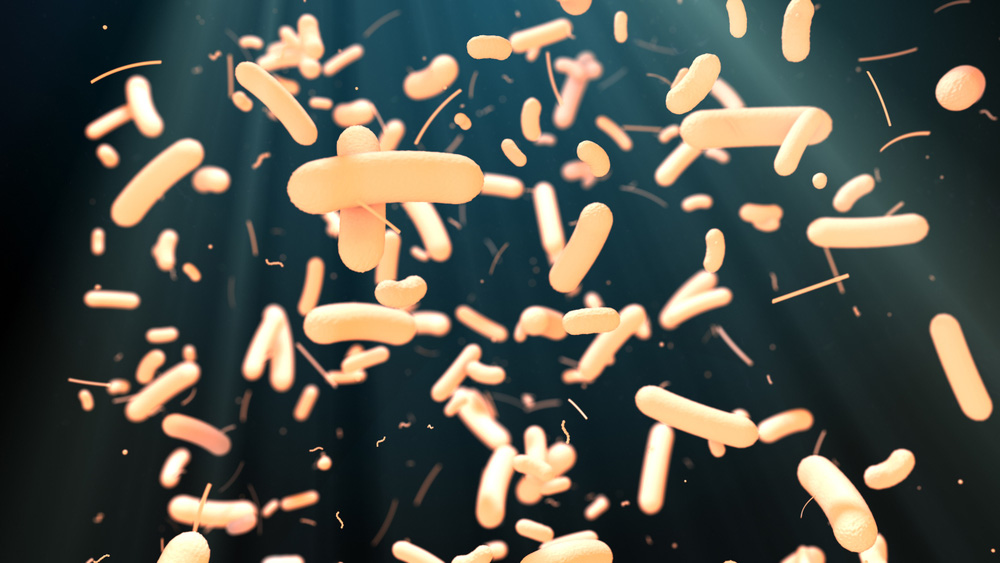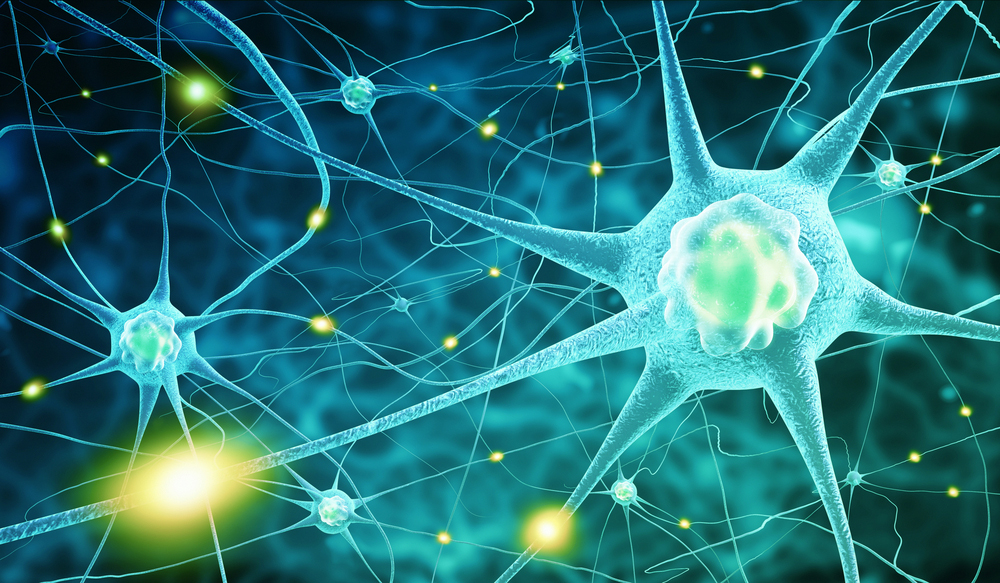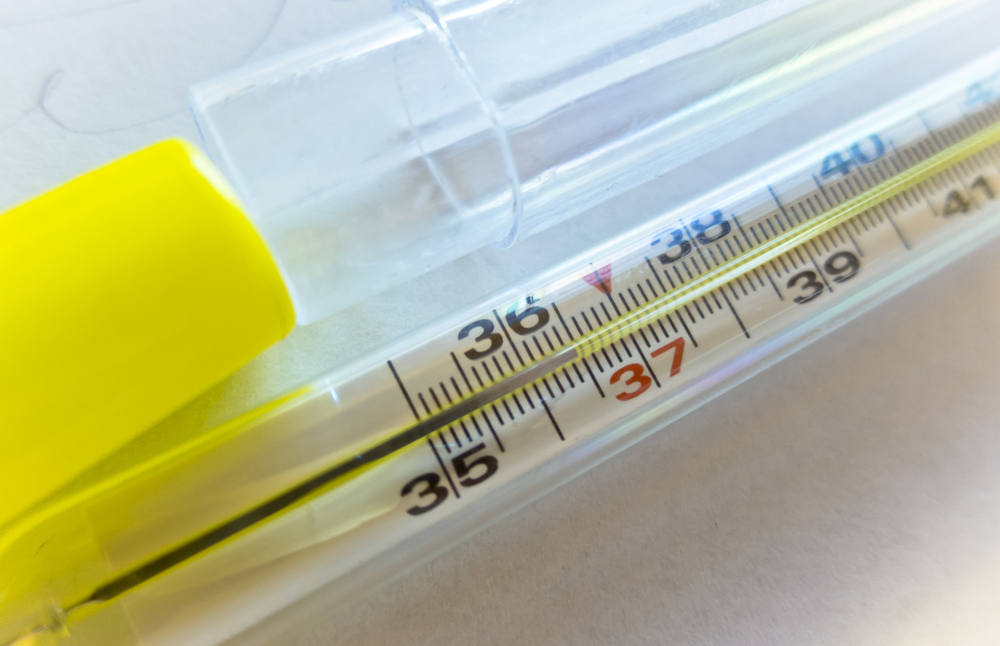Knowledge about the human body including the microbiota has progressed well in recent times. Some researchers are particularly interested in the gut microbiota. First of all, it should be pointed out that there are several types of microbiota. These include intestinal, epidermal, oral, vaginal and so on.
For a simple definition, it is the set of micro-organisms that populate the intestine that constitutes the intestinal microbiota, also known as "intestinal flora". Thanks to the use of new research methods, the scientific community can now confirm that it is important to have this intestinal flora in good quality in order to be and remain in good shape.
A remarkable discovery
According to the results of the research carried out on the intestinal microbiota, it is composed of hundreds of species of bacteria. These several thousand types of micro-organisms (between 1200 and 1500 different families) live in the human body.
The large intestine is one of the most saturated microbial biotopes. The number of microbes in the intestines is greater than the total number of cells in the body. It is estimated that there are as many as 100,000 billion or more micro-organisms in the intestines. In addition to the bacteria and microbes that are already there, fungi, yeasts and viruses also live there. A human being is therefore more bacterial than cellular.
90% of the body is populated by bacteria and 10% by cells. Indeed, the microbiota is an important part that defines the origin of a person.
This important insight calls for a reconsideration of the foundations of modern medicine and human genetics. The results of drug research have also become questionable.
Indeed, 3 major theories of a doctor will fall alternately.
Firstly, he taught what he called microbism or the war against microbes and made it clear that all microbes came from the air and were sources of disease. Secondly, he claimed that the human being was internally sterile, i. e. that micro-organisms are not found inside but on the skin for protection and that contamination could therefore only come from outside.
And the third antithetical to his dogma is microbial monomorphism. It has been proven that microbes have the ability to change their shape according to the nature of their environment.
According to the Wageningen University source, studies on distinct populations around the world have recently been established by a group of researchers from 10 different countries. Based on their combined findings, they were able to distinguish 3 "Enterotypes" or gut bacterial signatures around the world.
The classification of the entire world population is thus divided into these 3 main groups: Bacteroidetes, Preyotella and Ruminococcus. The classification is independent of nationality, gender and age.
Why and how to preserve the state of the microbiota?
All these microbial peoples that fill the body have a strong influence on the metabolism and physiology of the body. Bacteria and intestinal cells live together in mutualism. The intestinal microbiota of an individual protects him or her by regulating intestinal transit. Thanks to the microbiota, food is sorted and assimilated. It facilitates digestion.
During a normal birth and through the first breastfeedings, a mother passes on the microbiota to her child. However, over time, its condition can change and deteriorate depending on the lifestyle and hygiene as well as the type of nutrition the person adopts.
Its instability can also be caused by viral infections, as well as by the frequent use of medication. Unintentionally, these habits can weaken the microbiota with all the negative consequences for health. But by adapting a new lifestyle to an orderly environment, in 1 or 2 months, the microbiota can recover and return to almost its initial state.
Before this happens, it is always important to keep the microbiota healthy and to do what is necessary to achieve this. Here are some tips to keep your gut flora in good shape:
- Avoid eating too much fat, salt and sugar.
- Stop taking so-called "junk food" such as pizza, chips, hamburgers, Chips, ready meals, white bread, pastries. . .
- Always choose natural foods that have not been processed. Opt for fruits and vegetables, oilseeds, freshly sprouted seeds.
- Try to adopt a quiet lifestyle and be at peace with your surroundings. If possible, avoid all sources of stress.
- Find time to rest and relax by taking a holiday for example.
- Regular physical activity








